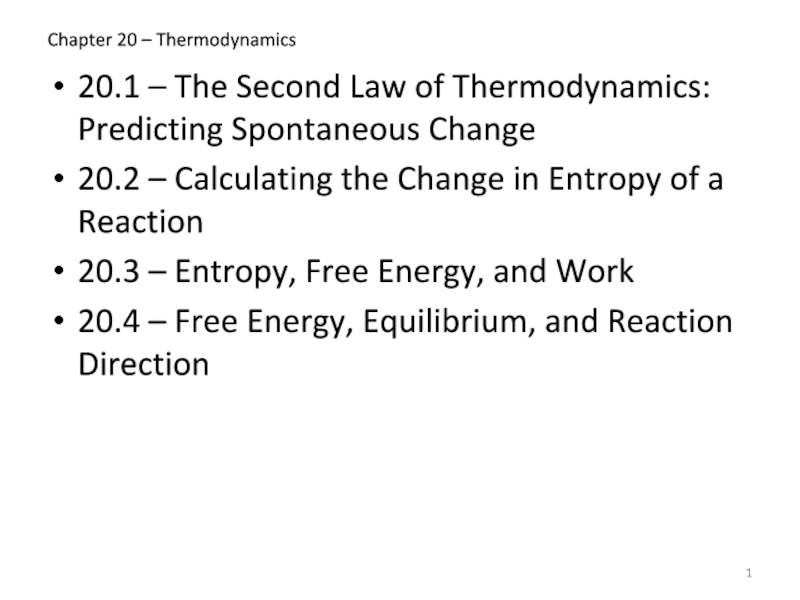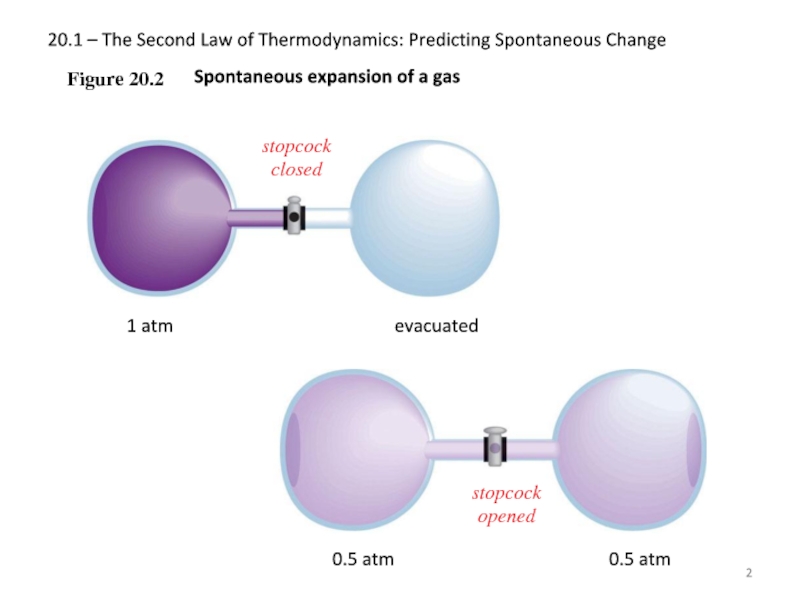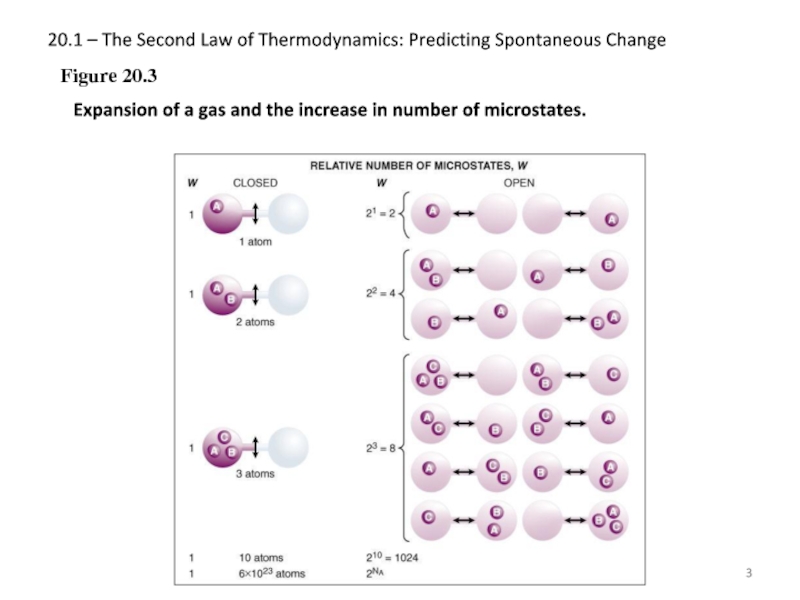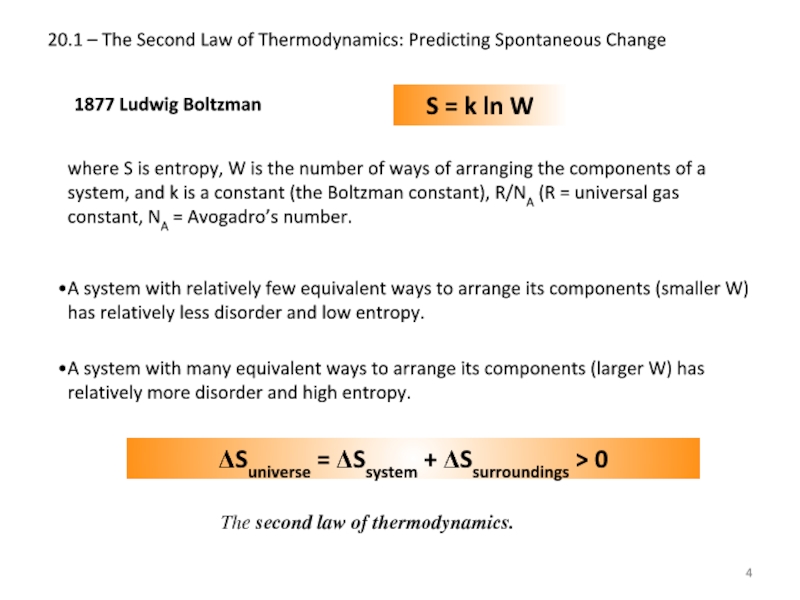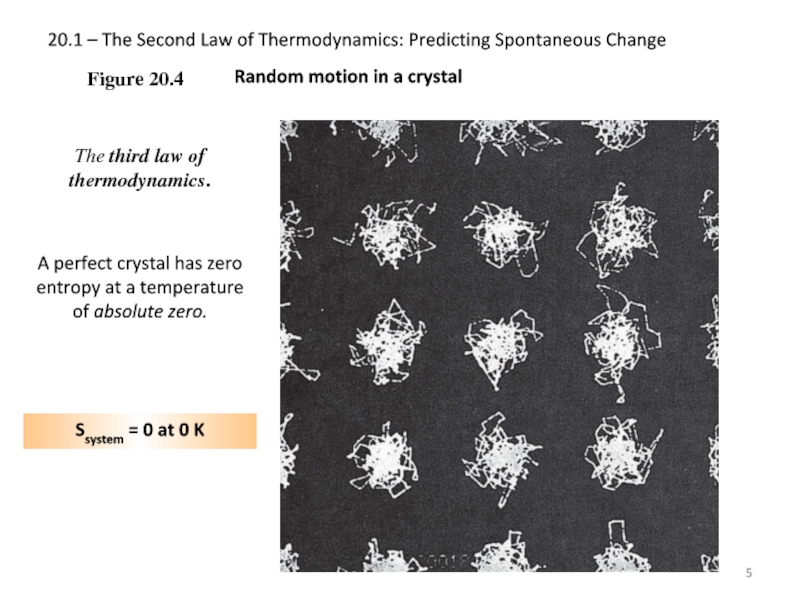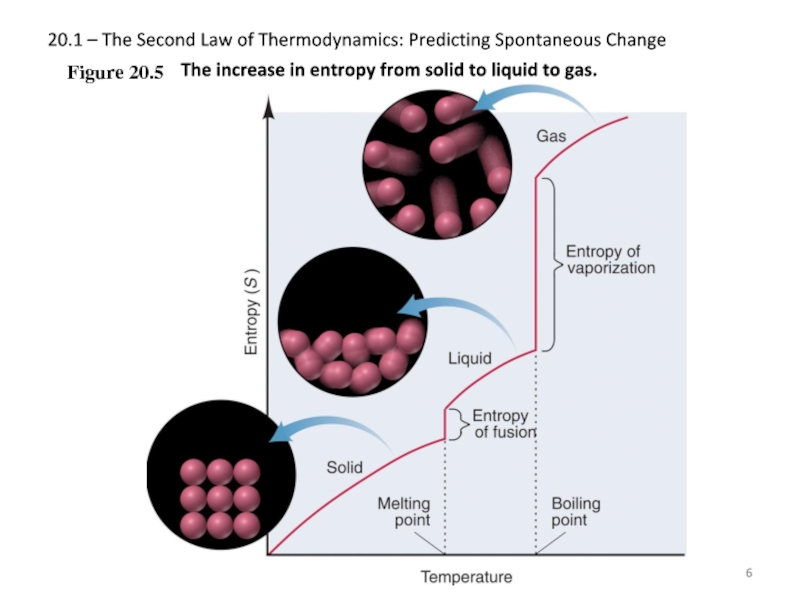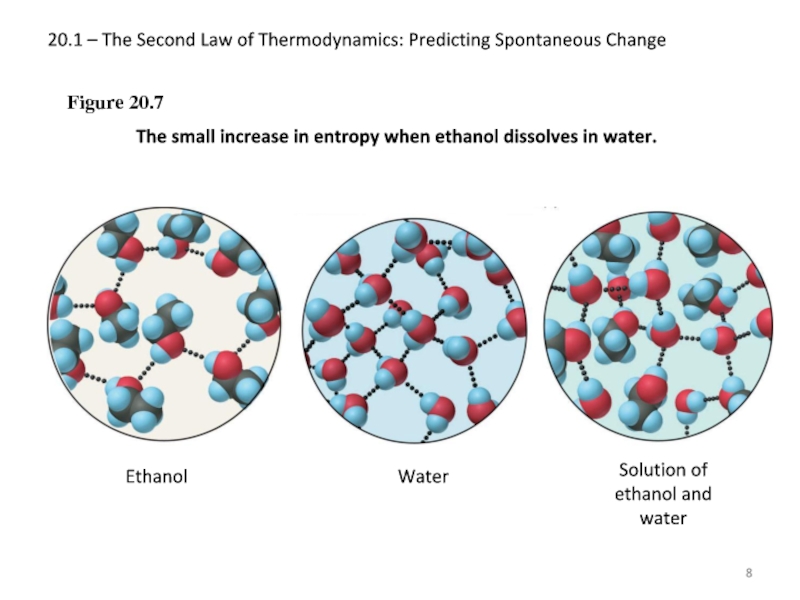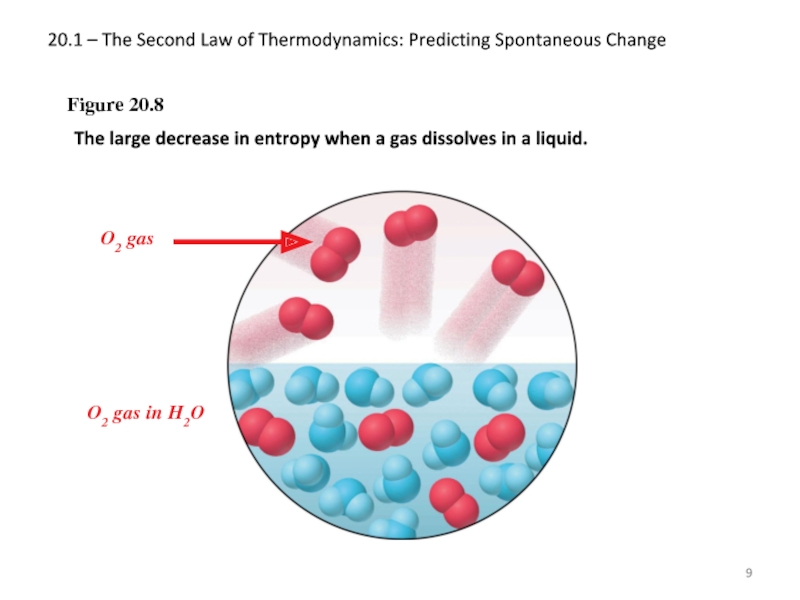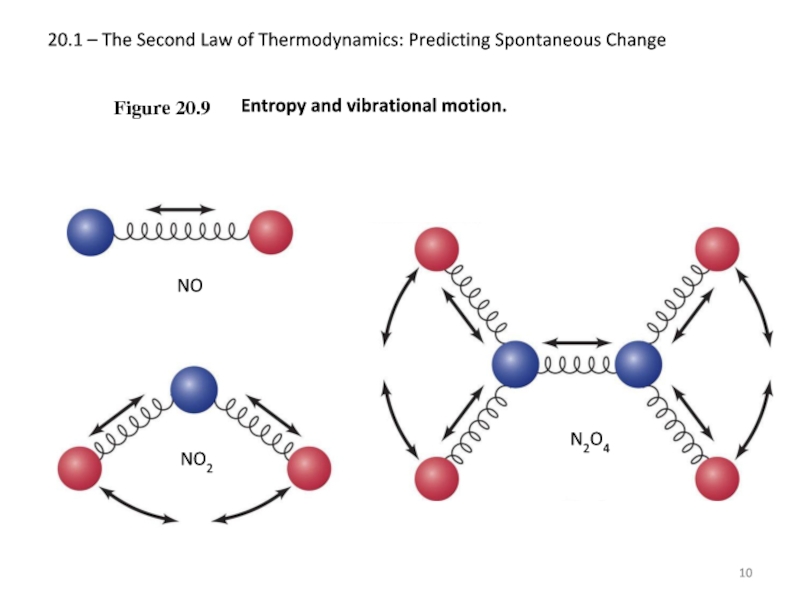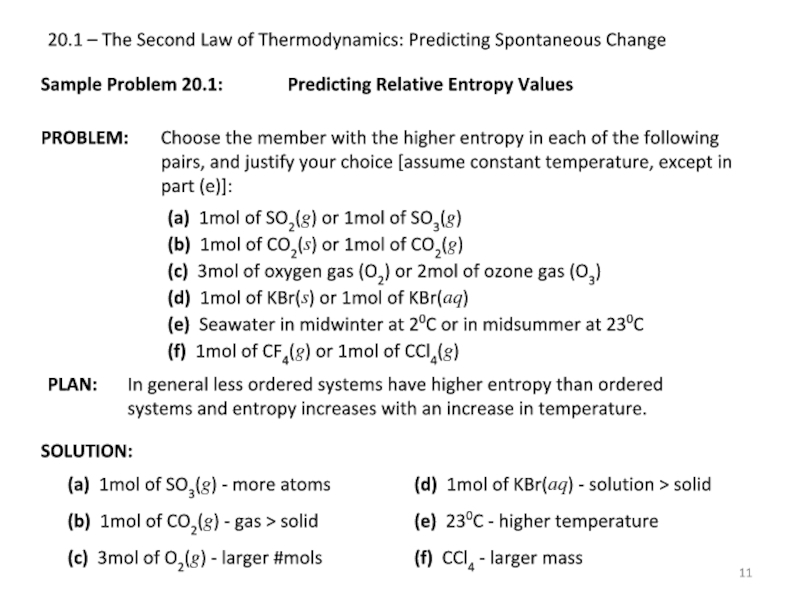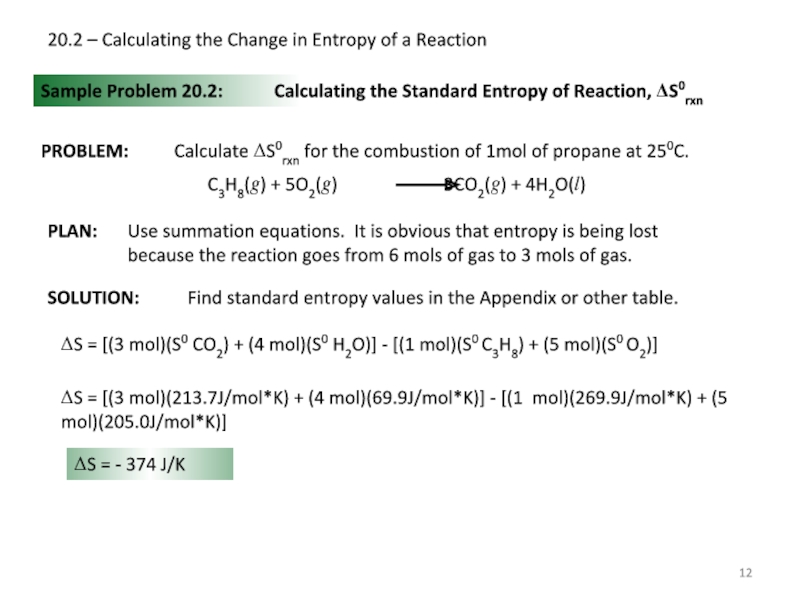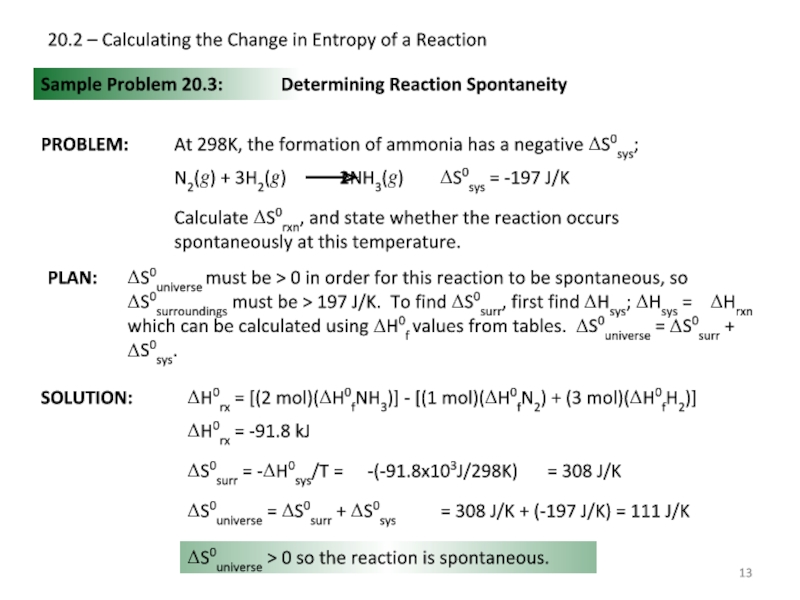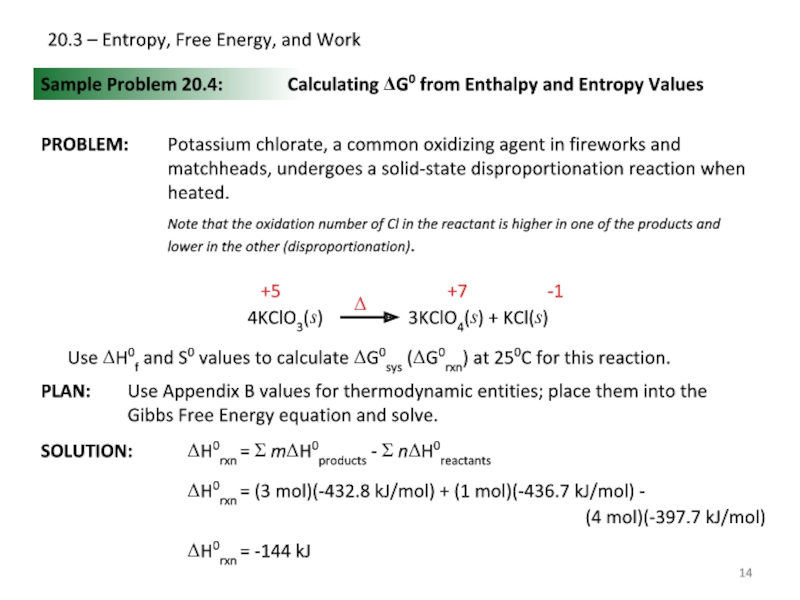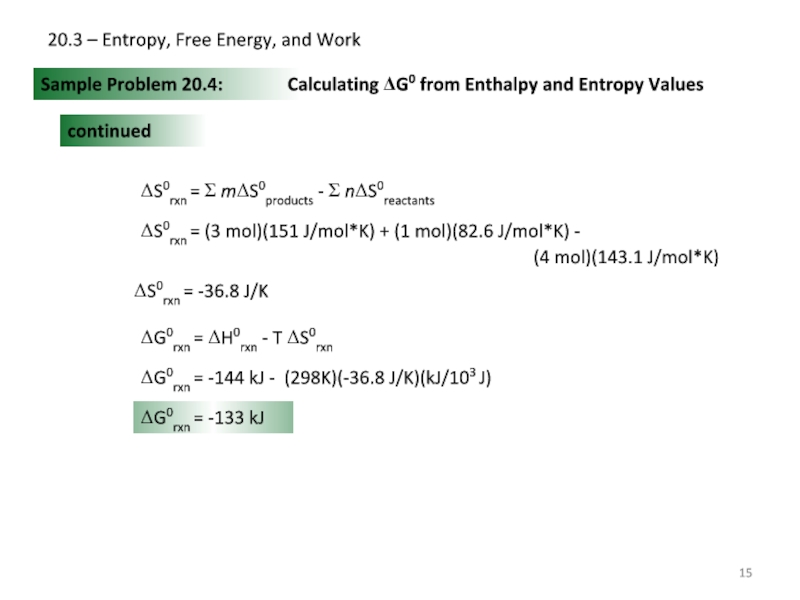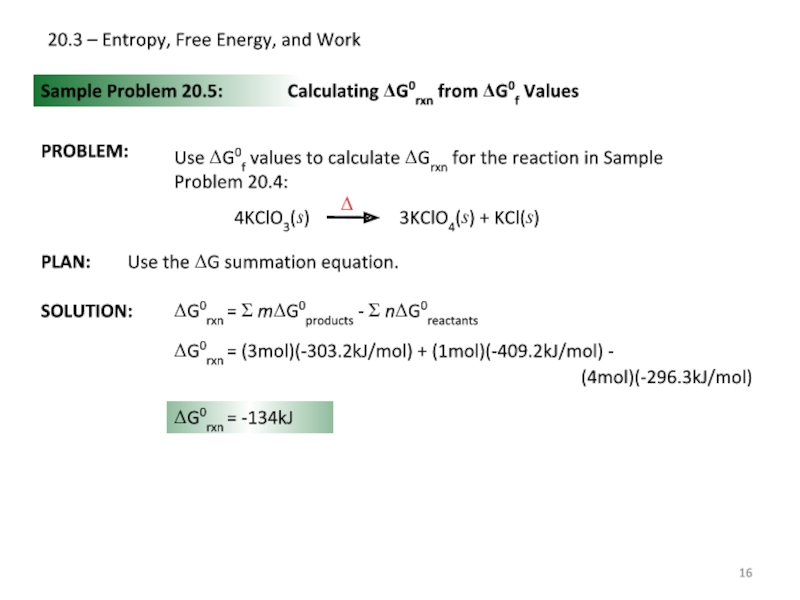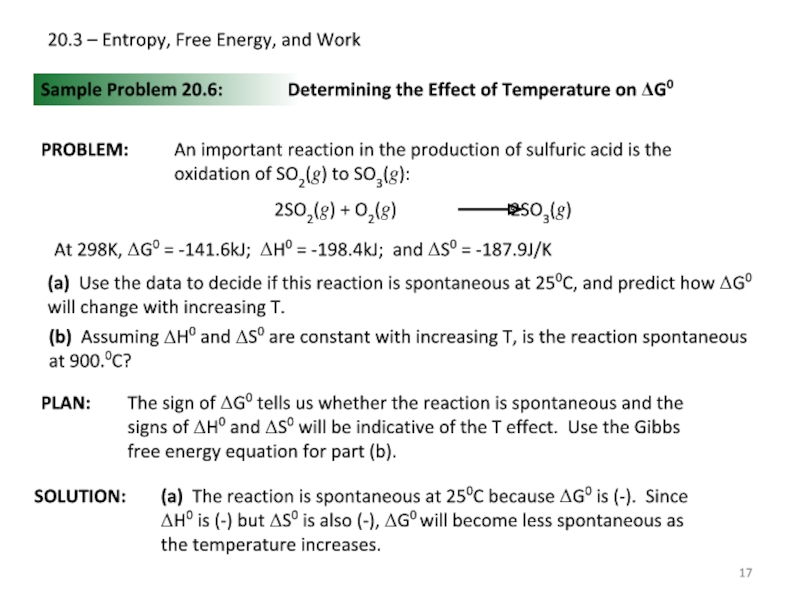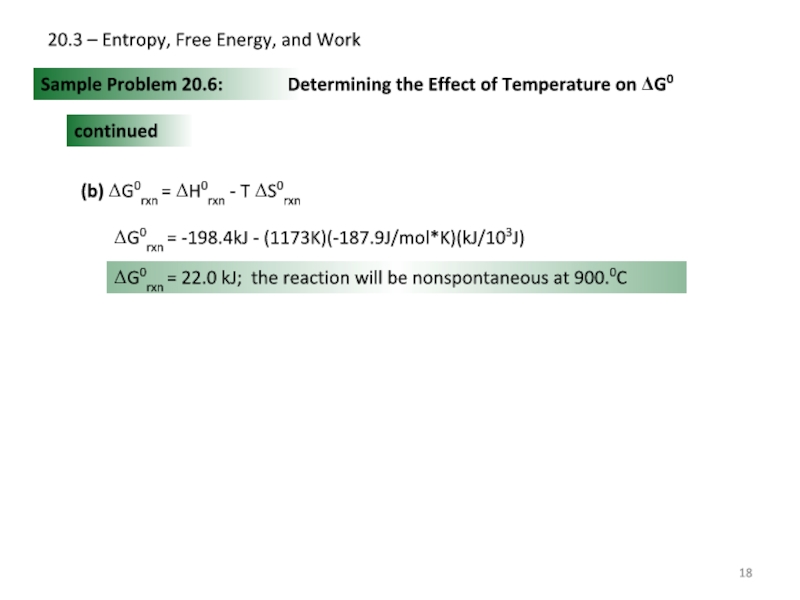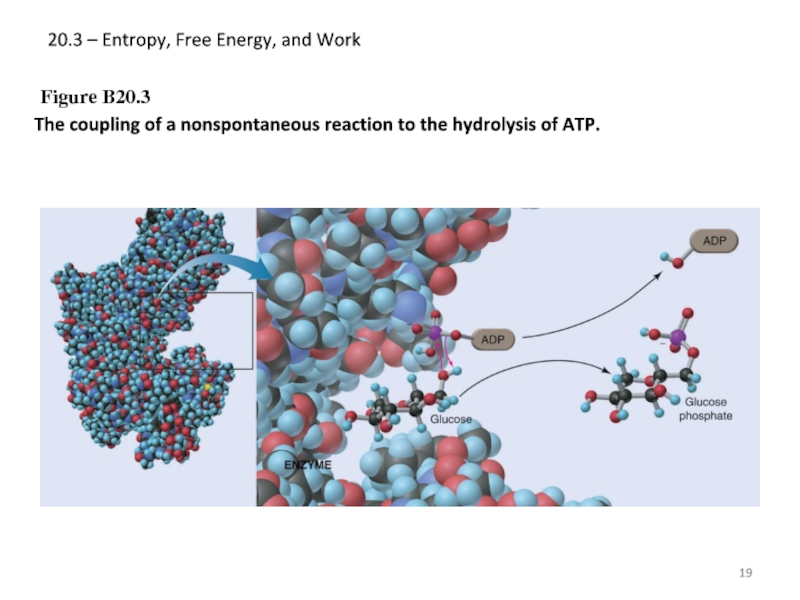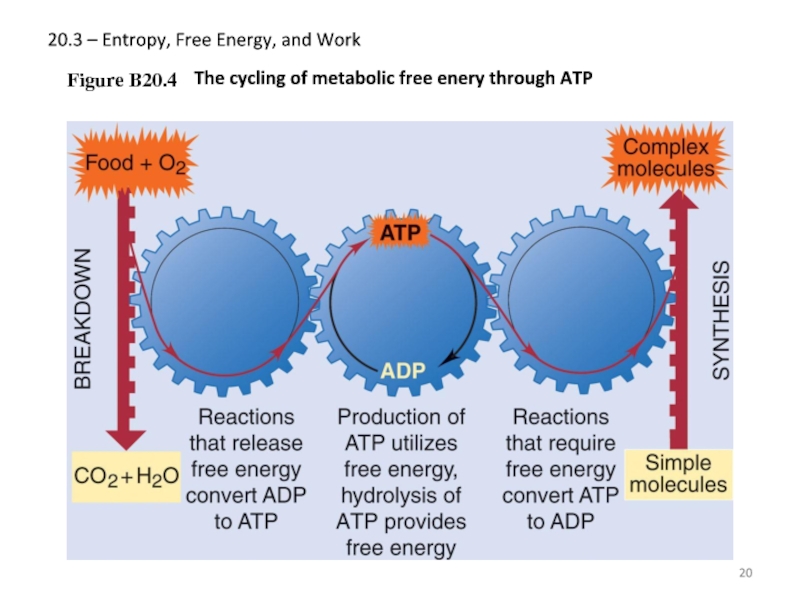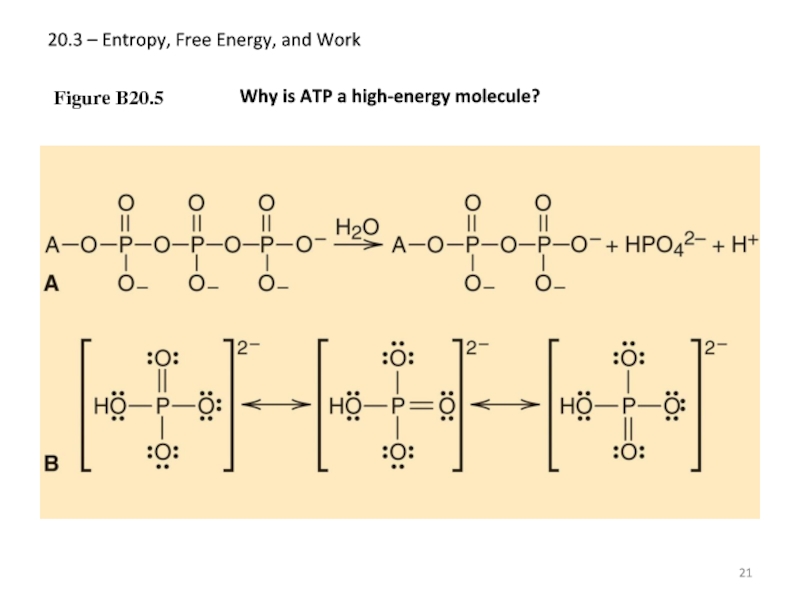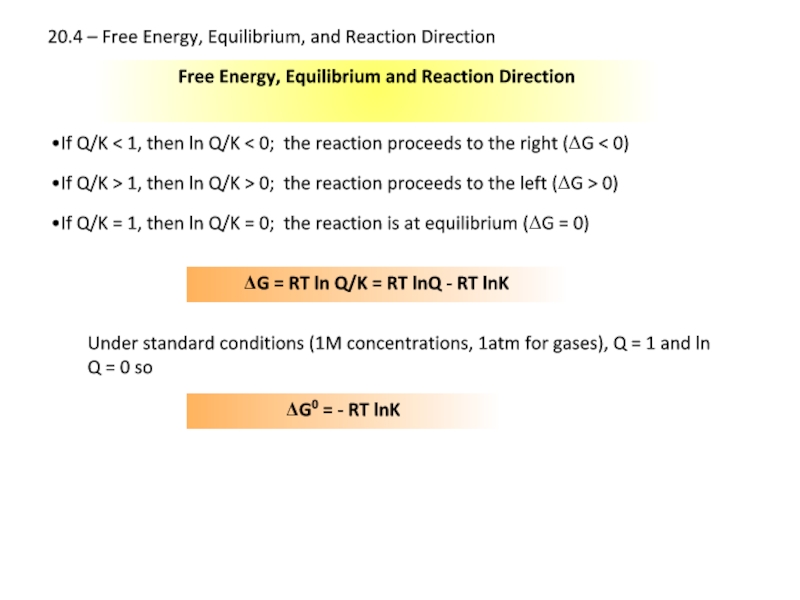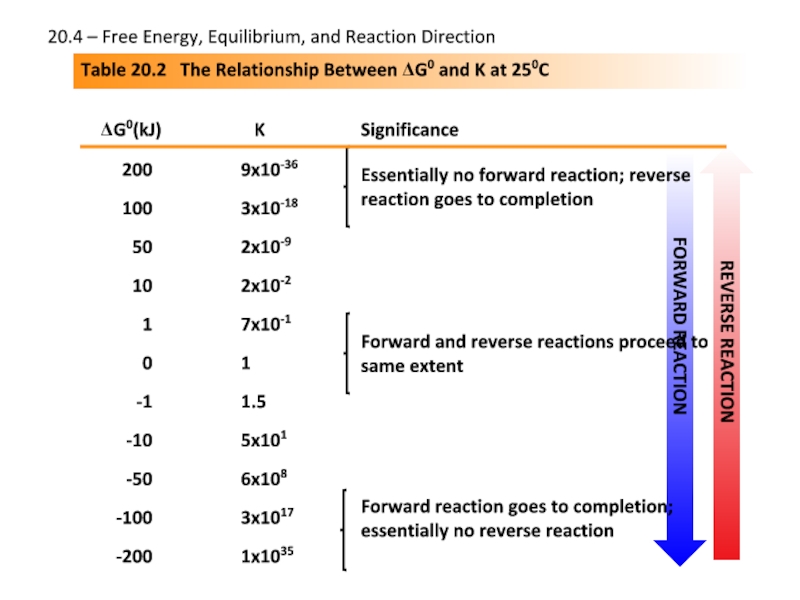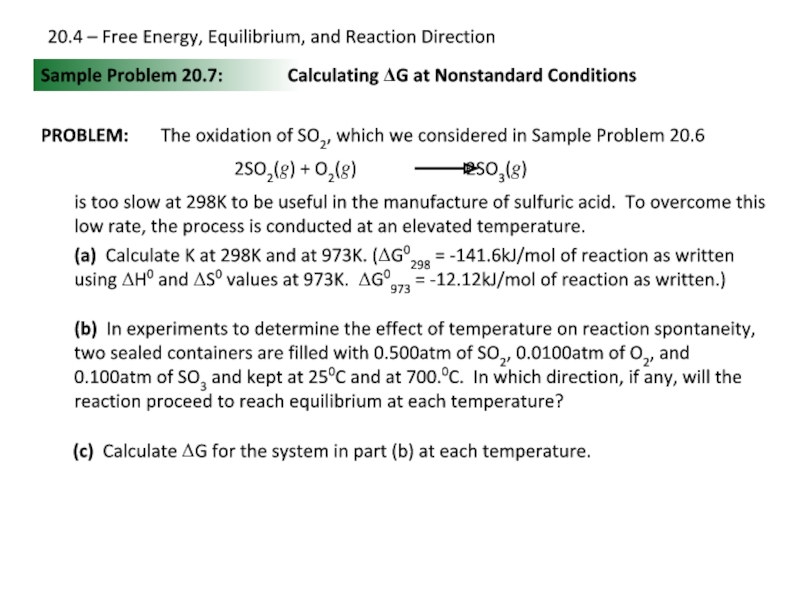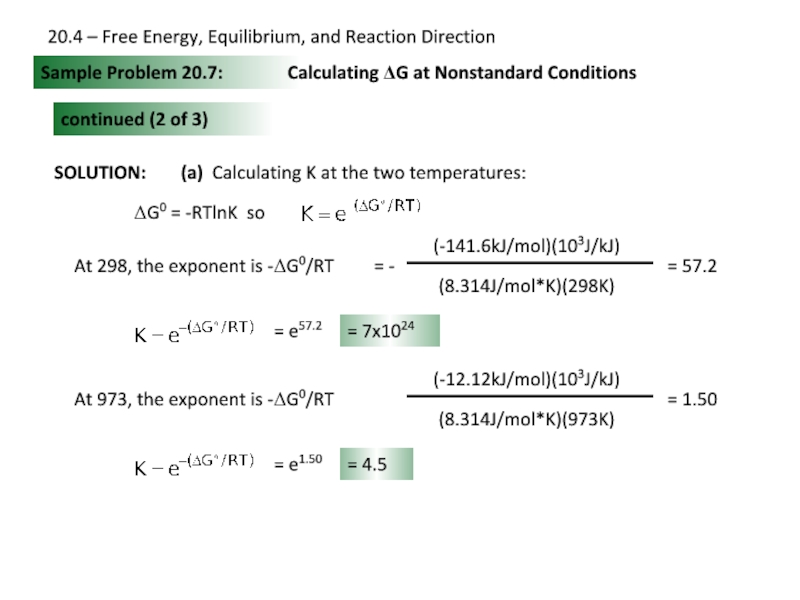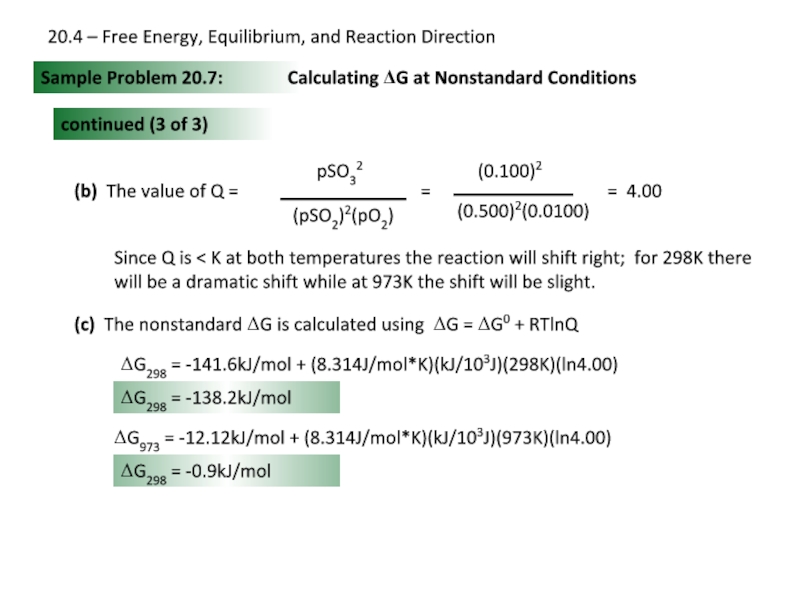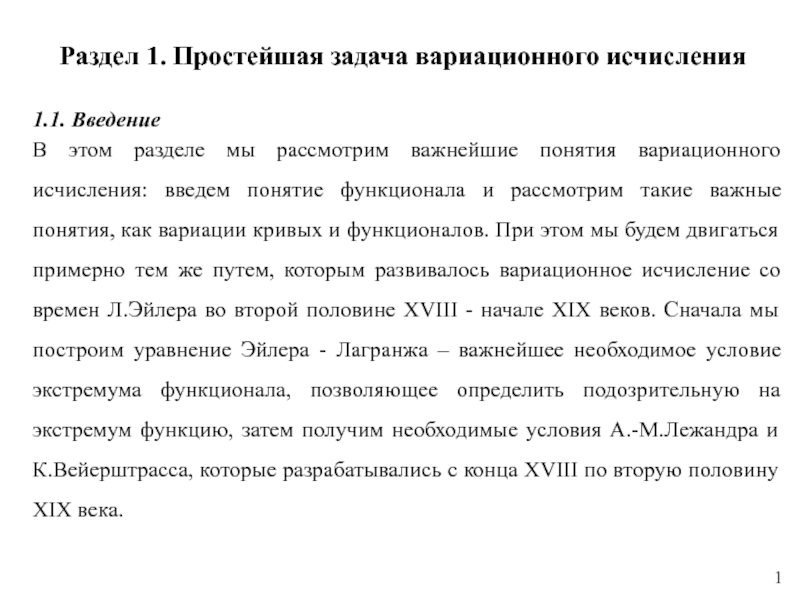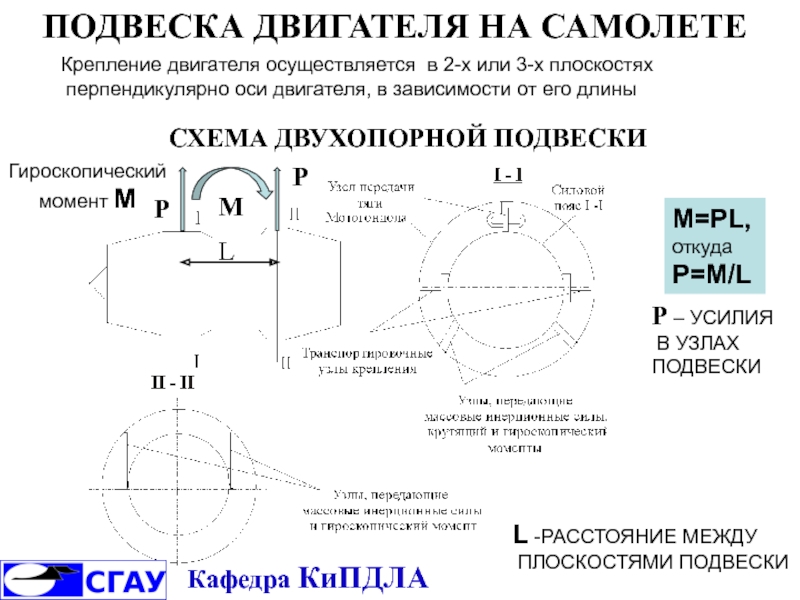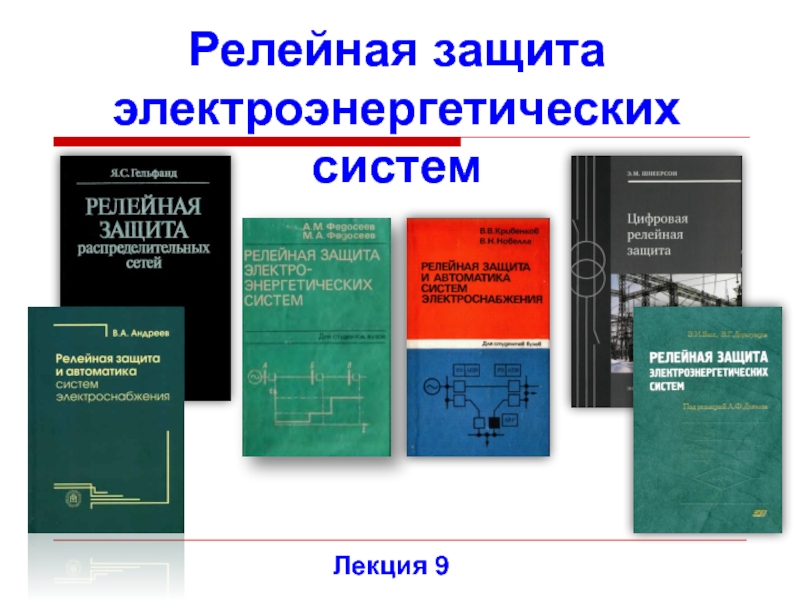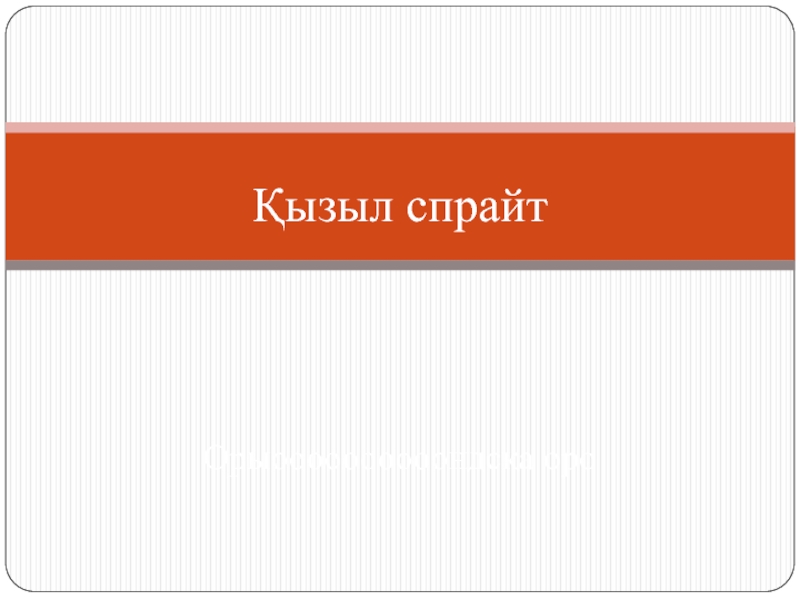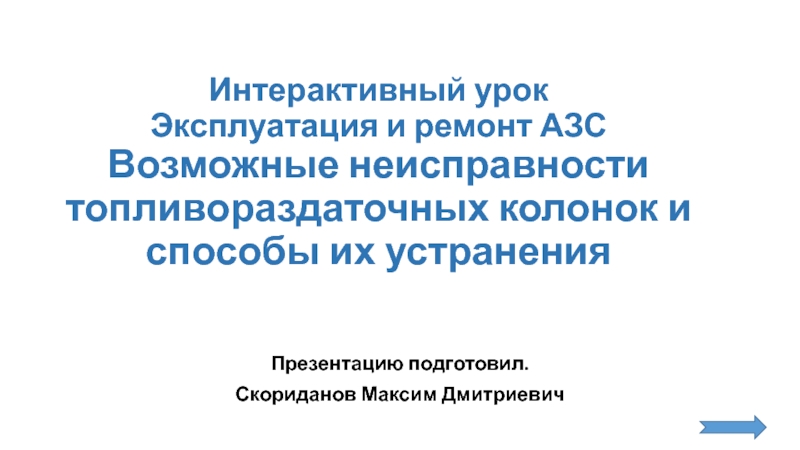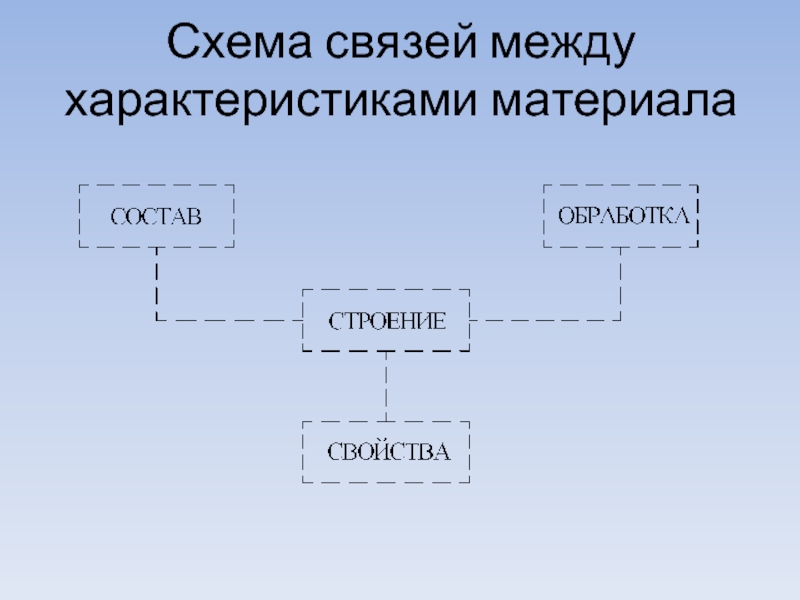- Главная
- Разное
- Дизайн
- Бизнес и предпринимательство
- Аналитика
- Образование
- Развлечения
- Красота и здоровье
- Финансы
- Государство
- Путешествия
- Спорт
- Недвижимость
- Армия
- Графика
- Культурология
- Еда и кулинария
- Лингвистика
- Английский язык
- Астрономия
- Алгебра
- Биология
- География
- Детские презентации
- Информатика
- История
- Литература
- Маркетинг
- Математика
- Медицина
- Менеджмент
- Музыка
- МХК
- Немецкий язык
- ОБЖ
- Обществознание
- Окружающий мир
- Педагогика
- Русский язык
- Технология
- Физика
- Философия
- Химия
- Шаблоны, картинки для презентаций
- Экология
- Экономика
- Юриспруденция
Chapter 20 Thermodynamics презентация
Содержание
- 1. Chapter 20 Thermodynamics
- 2. 20.1 – The Second Law of Thermodynamics:
- 3. 20.1 – The Second Law of Thermodynamics:
- 4. 20.1 – The Second Law of Thermodynamics:
- 5. 20.1 – The Second Law of Thermodynamics:
- 6. 20.1 – The Second Law of Thermodynamics:
- 7. 20.1 – The Second Law of Thermodynamics:
- 8. 20.1 – The Second Law of Thermodynamics:
- 9. 20.1 – The Second Law of Thermodynamics:
- 10. 20.1 – The Second Law of Thermodynamics:
- 11. 20.1 – The Second Law of Thermodynamics:
- 12. 20.2 – Calculating the Change in Entropy
- 13. 20.2 – Calculating the Change in Entropy
- 14. 20.3 – Entropy, Free Energy, and Work
- 15. 20.3 – Entropy, Free Energy, and Work
- 16. 20.3 – Entropy, Free Energy, and Work
- 17. 20.3 – Entropy, Free Energy, and Work
- 18. 20.3 – Entropy, Free Energy, and Work
- 19. 20.3 – Entropy, Free Energy, and Work
- 20. 20.3 – Entropy, Free Energy, and Work
- 21. 20.3 – Entropy, Free Energy, and Work Figure B20.5 Why is ATP a high-energy molecule?
- 22. Free Energy, Equilibrium and Reaction Direction If
- 23. Table 20.2 The Relationship Between ΔG0
- 24. Sample Problem 20.7: PROBLEM: Calculating ΔG at
- 25. SOLUTION: Sample Problem 20.7: Calculating ΔG at
- 26. Sample Problem 20.7: Calculating ΔG at Nonstandard
Слайд 1Chapter 20 – Thermodynamics
20.1 – The Second Law of Thermodynamics: Predicting
20.2 – Calculating the Change in Entropy of a Reaction
20.3 – Entropy, Free Energy, and Work
20.4 – Free Energy, Equilibrium, and Reaction Direction
Слайд 220.1 – The Second Law of Thermodynamics: Predicting Spontaneous Change
Figure 20.2
1
evacuated
Spontaneous expansion of a gas
stopcock closed
Слайд 320.1 – The Second Law of Thermodynamics: Predicting Spontaneous Change
Figure 20.3
Expansion
Слайд 420.1 – The Second Law of Thermodynamics: Predicting Spontaneous Change
1877 Ludwig
S = k ln W
where S is entropy, W is the number of ways of arranging the components of a system, and k is a constant (the Boltzman constant), R/NA (R = universal gas constant, NA = Avogadro’s number.
A system with relatively few equivalent ways to arrange its components (smaller W) has relatively less disorder and low entropy.
A system with many equivalent ways to arrange its components (larger W) has relatively more disorder and high entropy.
ΔSuniverse = ΔSsystem + ΔSsurroundings > 0
The second law of thermodynamics.
Слайд 520.1 – The Second Law of Thermodynamics: Predicting Spontaneous Change
The third
A perfect crystal has zero entropy at a temperature of absolute zero.
Ssystem = 0 at 0 K
Слайд 620.1 – The Second Law of Thermodynamics: Predicting Spontaneous Change
Figure 20.5
The
Слайд 720.1 – The Second Law of Thermodynamics: Predicting Spontaneous Change
Figure 20.6
The
pure solid
pure liquid
Слайд 820.1 – The Second Law of Thermodynamics: Predicting Spontaneous Change
Figure 20.7
The
Слайд 920.1 – The Second Law of Thermodynamics: Predicting Spontaneous Change
Figure 20.8
The
Слайд 1020.1 – The Second Law of Thermodynamics: Predicting Spontaneous Change
Figure 20.9
NO
Entropy
Слайд 1120.1 – The Second Law of Thermodynamics: Predicting Spontaneous Change
Sample Problem
SOLUTION:
Predicting Relative Entropy Values
(a) 1mol of SO2(g) or 1mol of SO3(g)
(b) 1mol of CO2(s) or 1mol of CO2(g)
(c) 3mol of oxygen gas (O2) or 2mol of ozone gas (O3)
(d) 1mol of KBr(s) or 1mol of KBr(aq)
(e) Seawater in midwinter at 20C or in midsummer at 230C
(f) 1mol of CF4(g) or 1mol of CCl4(g)
(a) 1mol of SO3(g) - more atoms
(b) 1mol of CO2(g) - gas > solid
(c) 3mol of O2(g) - larger #mols
(d) 1mol of KBr(aq) - solution > solid
(e) 230C - higher temperature
(f) CCl4 - larger mass
Слайд 1220.2 – Calculating the Change in Entropy of a Reaction
Sample Problem
Calculating the Standard Entropy of Reaction, ΔS0rxn
ΔS = [(3 mol)(S0 CO2) + (4 mol)(S0 H2O)] - [(1 mol)(S0 C3H8) + (5 mol)(S0 O2)]
ΔS = [(3 mol)(213.7J/mol*K) + (4 mol)(69.9J/mol*K)] - [(1 mol)(269.9J/mol*K) + (5 mol)(205.0J/mol*K)]
ΔS = - 374 J/K
Слайд 1320.2 – Calculating the Change in Entropy of a Reaction
Sample Problem
SOLUTION:
Determining Reaction Spontaneity
Calculate ΔS0rxn, and state whether the reaction occurs spontaneously at this temperature.
ΔH0rx = [(2 mol)(ΔH0fNH3)] - [(1 mol)(ΔH0fN2) + (3 mol)(ΔH0fH2)]
ΔH0rx = -91.8 kJ
ΔS0surr = -ΔH0sys/T =
-(-91.8x103J/298K)
= 308 J/K
ΔS0universe = ΔS0surr + ΔS0sys
= 308 J/K + (-197 J/K) = 111 J/K
ΔS0universe > 0 so the reaction is spontaneous.
Слайд 1420.3 – Entropy, Free Energy, and Work
Sample Problem 20.4:
SOLUTION:
Calculating ΔG0 from
+7
-1
+5
Use ΔH0f and S0 values to calculate ΔG0sys (ΔG0rxn) at 250C for this reaction.
ΔH0rxn = Σ mΔH0products - Σ nΔH0reactants
ΔH0rxn = (3 mol)(-432.8 kJ/mol) + (1 mol)(-436.7 kJ/mol) -
(4 mol)(-397.7 kJ/mol)
ΔH0rxn = -144 kJ
Слайд 1520.3 – Entropy, Free Energy, and Work
Sample Problem 20.4:
Calculating ΔG0 from
continued
ΔS0rxn = Σ mΔS0products - Σ nΔS0reactants
ΔS0rxn = (3 mol)(151 J/mol*K) + (1 mol)(82.6 J/mol*K) -
(4 mol)(143.1 J/mol*K)
ΔS0rxn = -36.8 J/K
ΔG0rxn = ΔH0rxn - T ΔS0rxn
ΔG0rxn = -144 kJ - (298K)(-36.8 J/K)(kJ/103 J)
ΔG0rxn = -133 kJ
Слайд 1620.3 – Entropy, Free Energy, and Work
Sample Problem 20.5:
PROBLEM:
Calculating ΔG0rxn from
Use ΔG0f values to calculate ΔGrxn for the reaction in Sample Problem 20.4:
ΔG0rxn = (3mol)(-303.2kJ/mol) + (1mol)(-409.2kJ/mol) -
(4mol)(-296.3kJ/mol)
ΔG0rxn = -134kJ
Слайд 1720.3 – Entropy, Free Energy, and Work
Sample Problem 20.6:
PROBLEM:
PLAN:
SOLUTION:
Determining the Effect
An important reaction in the production of sulfuric acid is the oxidation of SO2(g) to SO3(g):
At 298K, ΔG0 = -141.6kJ; ΔH0 = -198.4kJ; and ΔS0 = -187.9J/K
(a) Use the data to decide if this reaction is spontaneous at 250C, and predict how ΔG0 will change with increasing T.
(b) Assuming ΔH0 and ΔS0 are constant with increasing T, is the reaction spontaneous at 900.0C?
The sign of ΔG0 tells us whether the reaction is spontaneous and the signs of ΔH0 and ΔS0 will be indicative of the T effect. Use the Gibbs free energy equation for part (b).
(a) The reaction is spontaneous at 250C because ΔG0 is (-). Since ΔH0 is (-) but ΔS0 is also (-), ΔG0 will become less spontaneous as the temperature increases.
Слайд 1820.3 – Entropy, Free Energy, and Work
Sample Problem 20.6:
Determining the Effect
continued
(b) ΔG0rxn = ΔH0rxn - T ΔS0rxn
ΔG0rxn = -198.4kJ - (1173K)(-187.9J/mol*K)(kJ/103J)
ΔG0rxn = 22.0 kJ; the reaction will be nonspontaneous at 900.0C
Слайд 1920.3 – Entropy, Free Energy, and Work
Figure B20.3
The coupling of a
Слайд 2020.3 – Entropy, Free Energy, and Work
Figure B20.4
The cycling of metabolic
Слайд 22Free Energy, Equilibrium and Reaction Direction
If Q/K < 1, then ln
If Q/K > 1, then ln Q/K > 0; the reaction proceeds to the left (ΔG > 0)
If Q/K = 1, then ln Q/K = 0; the reaction is at equilibrium (ΔG = 0)
ΔG = RT ln Q/K = RT lnQ - RT lnK
Under standard conditions (1M concentrations, 1atm for gases), Q = 1 and ln Q = 0 so
ΔG0 = - RT lnK
20.4 – Free Energy, Equilibrium, and Reaction Direction
Слайд 23Table 20.2 The Relationship Between ΔG0 and K at 250C
ΔG0(kJ)
K
Significance
200
100
50
10
1
0
-1
-10
-50
-100
-200
9x10-36
3x10-18
2x10-9
2x10-2
7x10-1
1
1.5
5x101
6x108
3x1017
1x1035
20.4
Слайд 24Sample Problem 20.7:
PROBLEM:
Calculating ΔG at Nonstandard Conditions
The oxidation of SO2, which
is too slow at 298K to be useful in the manufacture of sulfuric acid. To overcome this low rate, the process is conducted at an elevated temperature.
(a) Calculate K at 298K and at 973K. (ΔG0298 = -141.6kJ/mol of reaction as written using ΔH0 and ΔS0 values at 973K. ΔG0973 = -12.12kJ/mol of reaction as written.)
(b) In experiments to determine the effect of temperature on reaction spontaneity, two sealed containers are filled with 0.500atm of SO2, 0.0100atm of O2, and 0.100atm of SO3 and kept at 250C and at 700.0C. In which direction, if any, will the reaction proceed to reach equilibrium at each temperature?
(c) Calculate ΔG for the system in part (b) at each temperature.
20.4 – Free Energy, Equilibrium, and Reaction Direction
Слайд 25SOLUTION:
Sample Problem 20.7:
Calculating ΔG at Nonstandard Conditions
continued (2 of 3)
(a) Calculating
ΔG0 = -RTlnK so
= 57.2
= e57.2
= 7x1024
At 973, the exponent is -ΔG0/RT
= 1.50
= e1.50
= 4.5
20.4 – Free Energy, Equilibrium, and Reaction Direction
Слайд 26Sample Problem 20.7:
Calculating ΔG at Nonstandard Conditions
continued (3 of 3)
(b) The
= 4.00
Since Q is < K at both temperatures the reaction will shift right; for 298K there will be a dramatic shift while at 973K the shift will be slight.
(c) The nonstandard ΔG is calculated using ΔG = ΔG0 + RTlnQ
ΔG298 = -141.6kJ/mol + (8.314J/mol*K)(kJ/103J)(298K)(ln4.00)
ΔG298 = -138.2kJ/mol
ΔG973 = -12.12kJ/mol + (8.314J/mol*K)(kJ/103J)(973K)(ln4.00)
ΔG298 = -0.9kJ/mol
20.4 – Free Energy, Equilibrium, and Reaction Direction
